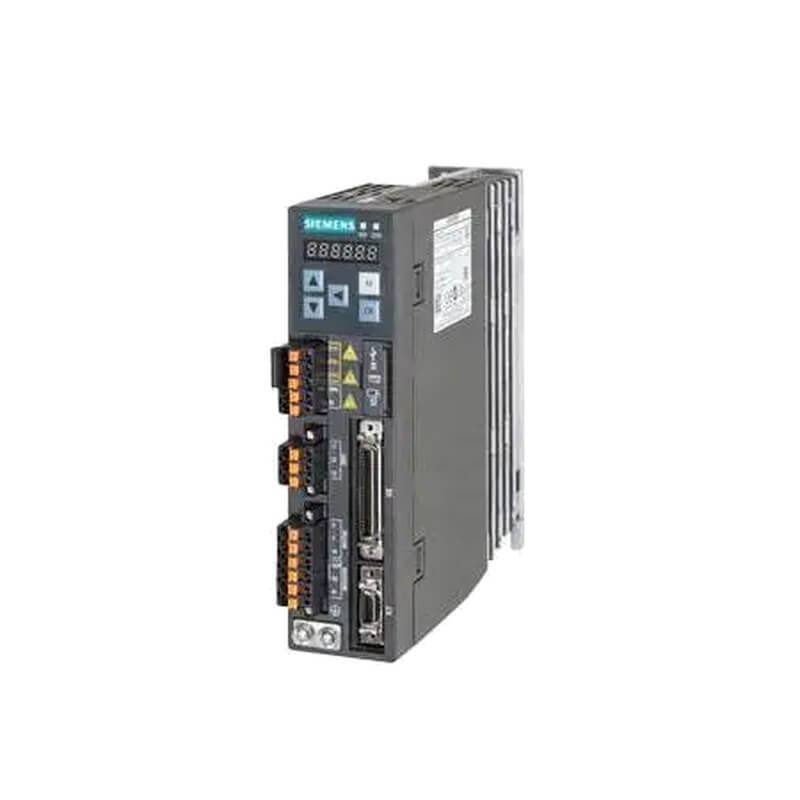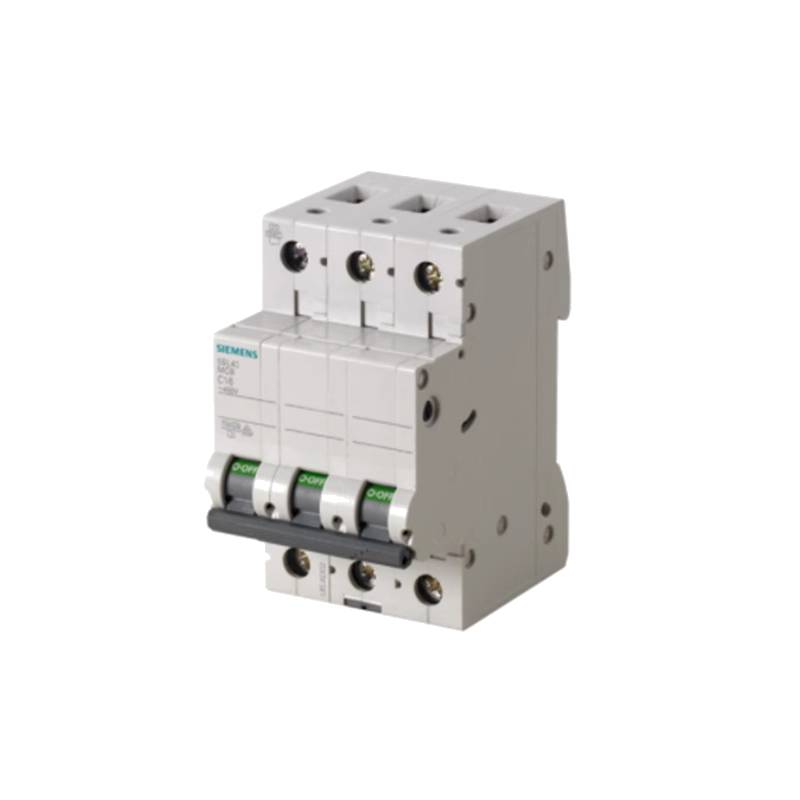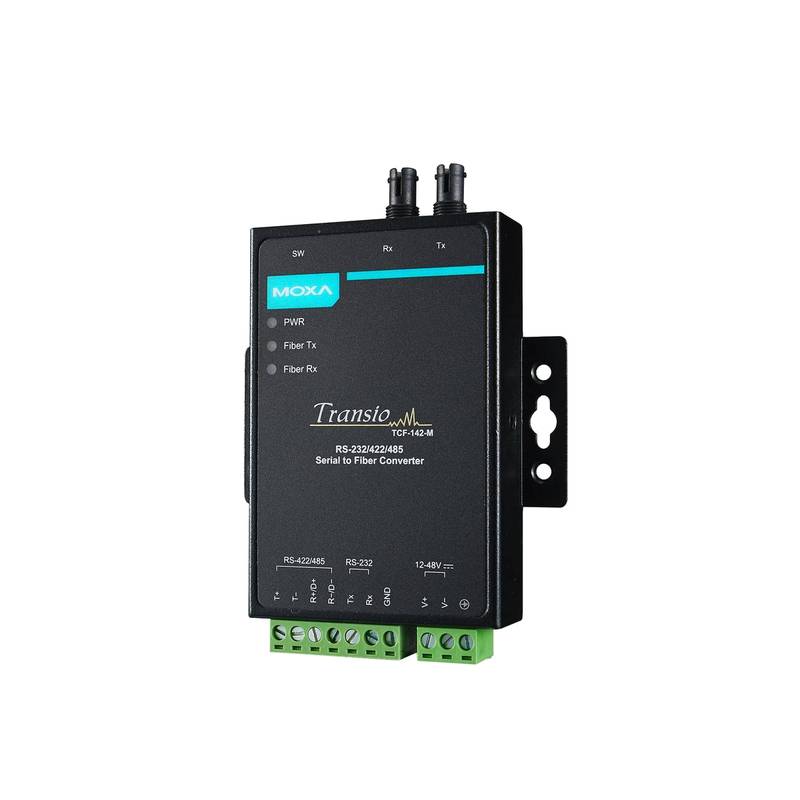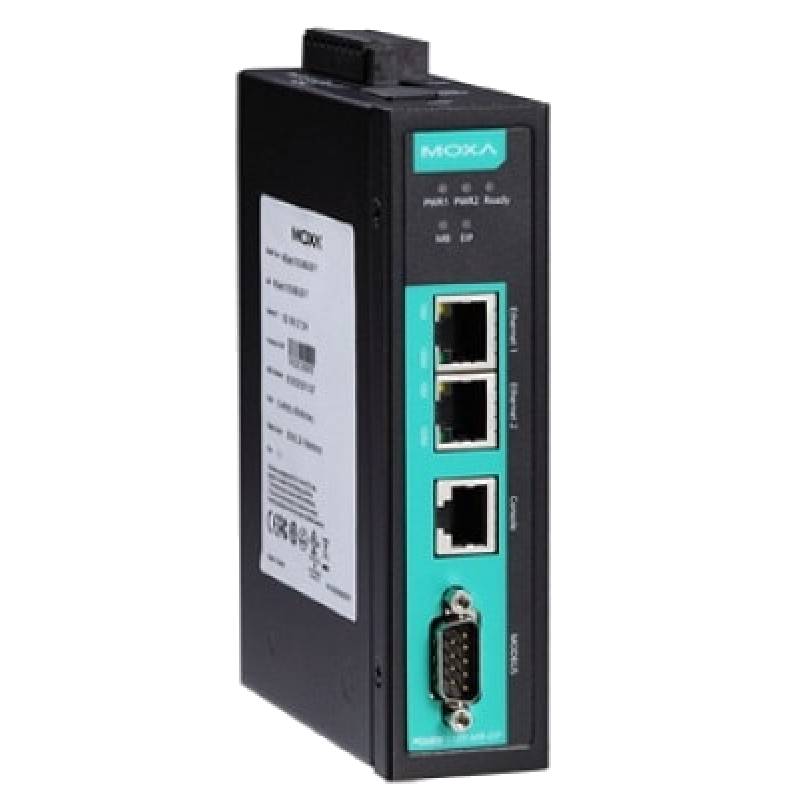
The INVT GD350A-315G/355P-4 Fan & Pump Inverter VFD Drive is engineered for superior performance and efficiency in demanding industrial environments. This Variable Frequency Drive (VFD) offers advanced control capabilities for fan and pump applications, delivering significant energy savings and enhanced operational reliability. Key advantages include its robust design, intelligent control algorithms, and comprehensive protection features. The GD350A series boasts a broad voltage range, high overload capacity, and flexible communication options, making it a versatile solution for a wide array of HVAC and water management systems.
| Feature | Specification |
| :-------------------------- | :------------------------------------------------- |
| Model | GD350A-315G/355P-4 |
| Power Range (kW) | 315 (355 for P-type) |
| Input Voltage | 3-Phase, 380V-440V AC |
| Output Voltage | 3-Phase, 380V-440V AC |
| Output Frequency | 0-300 Hz |
| Control Method | Sensorless Vector Control, V/f Control |
| Overload Capacity | 150% for 60 seconds, 120% for 120 seconds |
| Protection Features | Overvoltage, undervoltage, overload, overheat, etc. |
| Communication Interfaces | RS485 (Modbus RTU), optional fieldbus modules |
| Ambient Temperature | -10°C to 40°C (derating required above 40°C) |
| Enclosure | IP20 |
Core Features & Market Positioning
The INVT GD350A-315G/355P-4 distinguishes itself through its advanced sensorless vector control, providing precise speed and torque regulation for variable torque loads like fans and pumps. This technology optimizes motor performance, leading to substantial energy savings compared to traditional methods. Its intelligent auto-tuning function simplifies setup and ensures peak efficiency by adapting to motor parameters. The drive's robust construction and high-quality components position it as a reliable, long-term investment for industries prioritizing operational continuity and cost reduction. Its competitive pricing without compromising on advanced features makes it a highly attractive option in the industrial VFD market.
Key Application Scenarios
This VFD is ideally suited for a variety of fan and pump applications. In HVAC systems, it excels at controlling centrifugal fans for air handling units and exhaust systems, maintaining precise airflow and reducing energy consumption. For water supply and drainage, the GD350A-315G/355P-4 is adept at managing pump speeds in municipal waterworks, building water pressure systems, and industrial fluid transfer, preventing water hammer and optimizing power usage. It is also a prime choice for irrigation systems, cooling towers, and wastewater treatment plants where variable flow and pressure control are critical.
Practical System Integration Guidance
Integrating the INVT GD350A-315G/355P-4 into existing systems is straightforward. Ensure proper wiring practices are followed, with the input power connected to terminals L1, L2, L3 and the motor phases to T1, T2, T3. Utilize shielded motor cables to minimize electromagnetic interference. For remote control and monitoring, connect external control signals to the digital input terminals and utilize the built-in RS485 communication port with Modbus RTU protocol for integration with PLCs or SCADA systems. Parameter configuration, accessible via the digital keypad or communication interface, allows for precise tuning of V/f curves, acceleration/deceleration times, and motor protection settings to match specific application requirements.
Operation and Risk Mitigation
Safe operation of the INVT GD350A-315G/355P-4 requires adherence to electrical safety standards and manufacturer guidelines. Always ensure the drive is de-energized before performing any wiring or maintenance. The drive offers comprehensive protection against common faults, including overcurrent (OC), overvoltage (OV), undervoltage (UV), and motor overload (OL). Familiarize yourself with the fault code list provided in the manual to quickly diagnose and resolve issues. For example, an OC fault may indicate an excessively high load or incorrect acceleration settings, while an OL fault suggests the motor is drawing too much current, potentially due to mechanical issues or undersized motor selection.
Scalability & Long-Term Value
The INVT GD350A-315G/355P-4 offers excellent scalability and long-term value through its compatibility with various industrial communication protocols, including Modbus RTU, and optional fieldbus modules for networks like Profibus or DeviceNet. This allows for seamless integration into existing or future industrial automation systems, including IIoT platforms. The drive's modular design and robust build quality ensure a long operational lifespan, minimizing the need for premature replacements. Its ability to adapt to evolving system demands and its energy-saving capabilities contribute to a favorable return on investment over the product's lifecycle.
FAQs
What is the maximum power output of the INVT GD350A-315G/355P-4?
The INVT GD350A-315G/355P-4 inverter offers a nominal power rating of 315 kW for the 'G' variant and 355 kW for the 'P' variant. This provides substantial capacity for driving large fans and pumps in demanding industrial settings.
This significant power capability ensures that the VFD can effectively manage high-demand applications without performance degradation. It is engineered to handle the significant starting currents and continuous operational loads typical of large rotating machinery.
The GD350A-315G/355P-4's robust power stage design contributes to its reliability, allowing for sustained operation even under challenging environmental conditions and heavy duty cycles.
What are the primary advantages of using sensorless vector control in this VFD?
Sensorless vector control offers precise speed and torque regulation without the need for motor-mounted encoders. This simplifies installation and reduces potential points of failure in complex environments.
This advanced control method significantly improves motor efficiency, especially at lower speeds and varying loads, leading to substantial energy savings in fan and pump applications. It also provides a smoother motor operation, reducing mechanical stress.
The GD350A-315G/355P-4 utilizes this control to deliver excellent dynamic response, allowing the motor to quickly adjust to changes in load or setpoint, which is critical for many process control applications.
Can this VFD be integrated with existing PLC systems?
Yes, the INVT GD350A-315G/355P-4 is designed for seamless integration with PLC systems. It features a built-in RS485 communication port that supports the Modbus RTU protocol, a widely adopted standard in industrial automation.
For more advanced integration needs or compatibility with specific network architectures, optional fieldbus modules are available, supporting protocols such as Profibus, DeviceNet, and EtherNet/IP. This flexibility ensures it can interface with most modern control platforms.
By leveraging these communication capabilities, users can remotely monitor the VFD's status, adjust operating parameters, and receive diagnostic information, all from their central PLC or SCADA system.
What is the typical energy saving potential when using the GD350A-315G/355P-4 for fan applications?
Energy savings can be substantial, often ranging from 30% to 60%, depending on the application and existing control methods. By precisely matching motor speed to system demand, significant power consumption reduction is achieved.
Traditional methods often run fans at full speed and use dampers or throttling, which is highly inefficient. This VFD allows the fan to operate at the exact speed required, directly reducing the energy consumed by the motor.
The GD350A-315G/355P-4's advanced control algorithms and intelligent auto-tuning further optimize motor performance for maximum efficiency across its operating range, maximizing these savings.
How does the overload capacity of this drive benefit industrial applications?
The drive's ability to handle 150% overload for 60 seconds and 120% for 120 seconds is crucial for applications with high starting torque requirements or transient load peaks. This ensures reliable operation during motor startup and unexpected load surges.
This generous overload capacity allows users to select standard, cost-effective motors without needing to oversize them significantly for peak demands, leading to lower initial motor costs and improved system efficiency.
It provides a safety margin, preventing nuisance tripping during brief, high-demand periods and contributing to overall system uptime and uninterrupted production processes.
What are the recommended installation environment conditions for the INVT GD350A-315G/355P-4?
The VFD is designed to operate within an ambient temperature range of -10°C to 40°C. For environments exceeding 40°C, derating of the drive's output capacity is necessary to prevent overheating and ensure longevity.
Installation should be in a clean, dry location free from excessive dust, corrosive gases, and direct sunlight. Proper ventilation is critical, with adequate clearance around the drive to allow for heat dissipation.
Ensure the VFD is mounted vertically on a flat, stable surface, away from strong electromagnetic interference sources, and in compliance with all local electrical codes and safety regulations.
What is the significance of the IP20 enclosure rating?
An IP20 enclosure rating signifies that the drive is protected against solid objects greater than 12.5 mm in diameter, such as a finger, and offers no protection against water ingress. This typically means it is intended for installation within a control cabinet or enclosed panel.
This rating ensures a basic level of safety for personnel by preventing accidental contact with live internal components. However, it necessitates placement within a protected environment to shield it from dust, moisture, and physical damage.
For applications requiring higher levels of protection against environmental factors like dust or water spray, external enclosures or specialized mounting solutions would be required to meet the IP rating demands.
How can users access and configure the parameters on the GD350A-315G/355P-4?
Parameter access and configuration can be performed using the integrated digital keypad and LED display on the front panel of the drive. This allows for direct on-site adjustments and monitoring of operational status.
Alternatively, users can leverage the drive's RS485 communication port to connect to a PC running INVT's configuration software or utilize standard Modbus RTU communication to interface with a PLC or SCADA system for remote parameter management.
This multi-faceted approach to parameter access provides flexibility for different installation scenarios, from simple standalone units to complex, networked industrial automation systems.
What are the typical troubleshooting steps for an overload (OL) fault on this inverter?
An overload fault (OL) typically indicates that the motor is drawing more current than the drive is programmed to allow for sustained periods. The first step is to check the motor's nameplate current rating against the drive's settings and the motor's actual operating current.
Next, inspect the driven equipment for any mechanical issues, such as tight bearings, misaligned couplings, or obstructions in the system, which could be causing excessive load on the motor. Ensure the fan or pump impeller is not blocked or damaged.
Finally, review the drive's overload protection settings, such as the thermal protection level (P.01) and the overload time constant (P.02), to ensure they are appropriately configured for the motor size and application duty cycle. Increase these parameters cautiously if the load is legitimate but close to the limit.
Does this VFD support multi-motor control?
The INVT GD350A-315G/355P-4 is primarily designed for single-motor control. While it can manage a single motor's speed and torque, it does not inherently support the simultaneous control of multiple motors from a single drive unit.
For applications requiring synchronized operation of multiple motors, separate VFDs would typically be employed for each motor, with their operation coordinated by a central PLC or advanced control system.
If a single drive is absolutely necessary for multiple, identical loads that run intermittently, careful consideration of total motor load, starting currents, and duty cycles is required, and it is not a standard supported configuration.

























